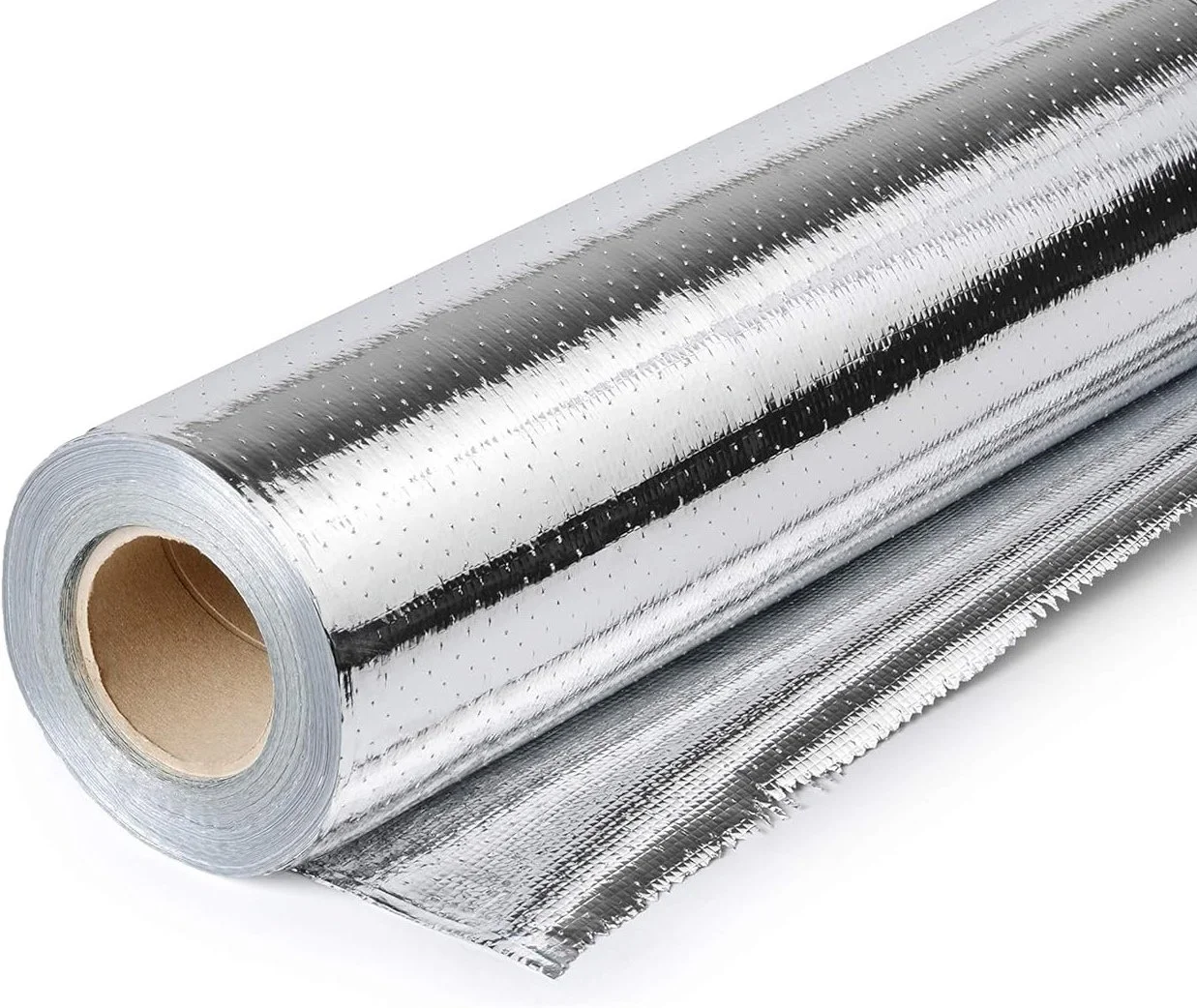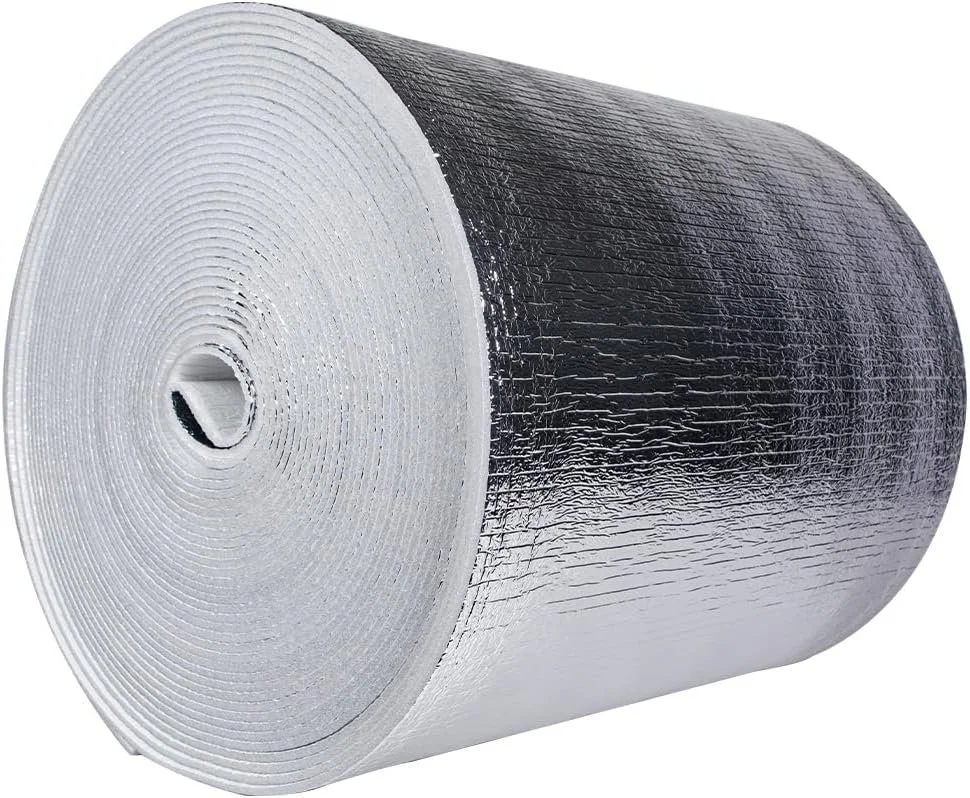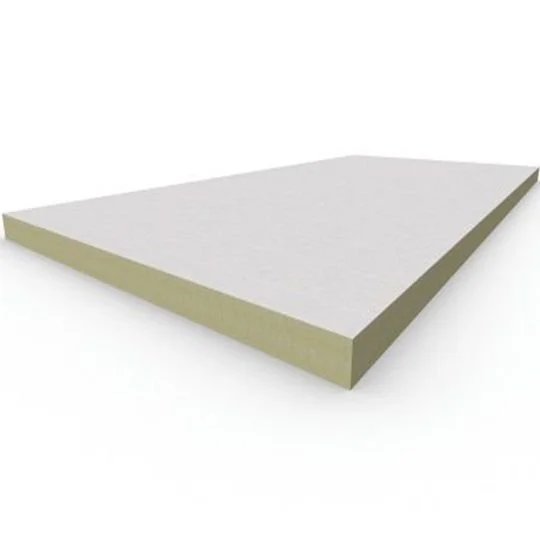Radiant Barrier
Consist of a highly reflective material, usually aluminum foil or aluminum coated film which is applied to one or both sides of a number of substrate materials such as kraft paper, plastic films, cardboard, oriented strand board, and air infiltration barrier material. Some products are fiber-reinforced to increase durability and ease of handling. Radiant barrier is used in buildings to reduce summer heat gain and winter heat loss, and hence to reduce building heating and cooling energy usage.
Fiberglass Insulation
Manufactured from molten sand and recycled glass, rendering it naturally noncombustible, and a plant based binder with no added formaldehyde, harsh acrylics, dyes or unnecessary fire retardants. It is available in a wide range of thermal resistance R-values, unfaced or with a variety of facings, including kraft or foil. Fiberglass insulation products are versatile enough for a variety of applications, from interior partitions to sophisticated acoustic wall and ceiling treatments
Reflective Foam Insulation
Manufactured with a closed-cell foam structure sandwiched by aluminum foil or aluminum coated film. The foam as the base material has numerous characteristics of high tensile strength and tear resistance, and it is well suitable for applications requiring insulation materials with properties of thermal insulation, sound proofing, low water absorption, weather durability, chemical resistance and aging resistance. Designed for building structures where the insulation acts as the wall or ceiling lining. 3-in-1 insulation, vapour barrier and radiant barrier.
Polyiso
An energy-efficient thermal insulation board composed of closed-cell polyisocyanurate (polyiso) foam core bonded to non-asphaltic, glass fiber reinforced organic felt facer on each side. Polyiso is used in built-up (BUR), modified bitumen, standing seam metal, ballasted single-ply, mechanically attached single-ply and adhered single-ply roofing systems.



